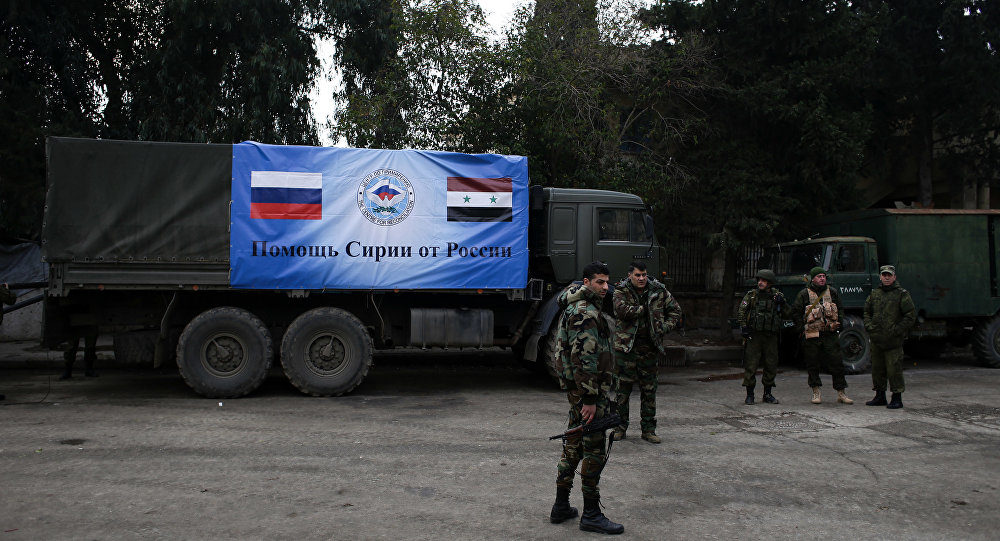OF THE
TIMES
A nation that continues year after year to spend more money on military defense than on programs of social uplift is approaching spiritual doom.
Never get your news from any tabloid. In Kanada, we have the CBC tabloid thats paid for through taxation... its that good a Corporation.
Watching the full Joe Rogan Tucker podcast a interesting discussion takes place regarding sexual abuse of young women by media figures, namely...
Stockton? It was an exploding meth lab.
It often happens that when historical relics connected to an important leader are dug up and exposed, the social foundations of his legacy are...
Its been almost ten years since the Scottish independence referendum and I went looking online for information about this documentary. I found a...
To submit an article for publication, see our Submission Guidelines
Reader comments do not necessarily reflect the views of the volunteers, editors, and directors of SOTT.net or the Quantum Future Group.
Some icons on this site were created by: Afterglow, Aha-Soft, AntialiasFactory, artdesigner.lv, Artura, DailyOverview, Everaldo, GraphicsFuel, IconFactory, Iconka, IconShock, Icons-Land, i-love-icons, KDE-look.org, Klukeart, mugenb16, Map Icons Collection, PetshopBoxStudio, VisualPharm, wbeiruti, WebIconset
Powered by PikaJS 🐁 and In·Site
Original content © 2002-2024 by Sott.net/Signs of the Times. See: FAIR USE NOTICE

Reader Comments
to our Newsletter